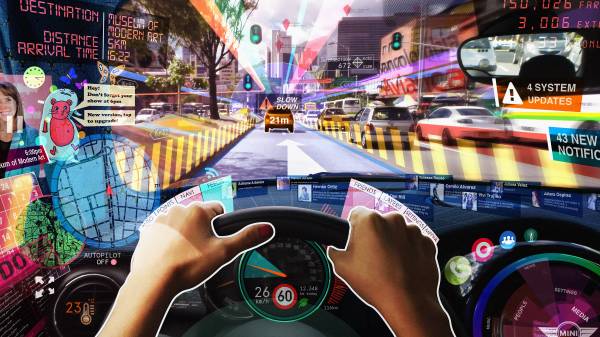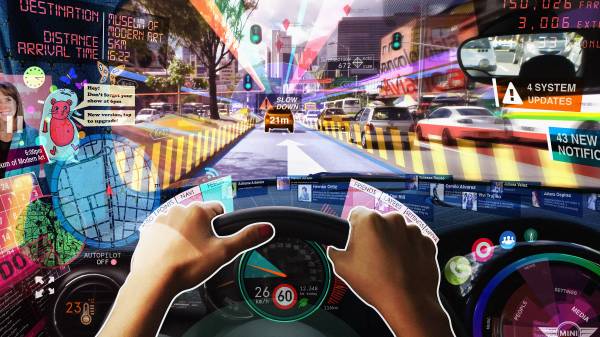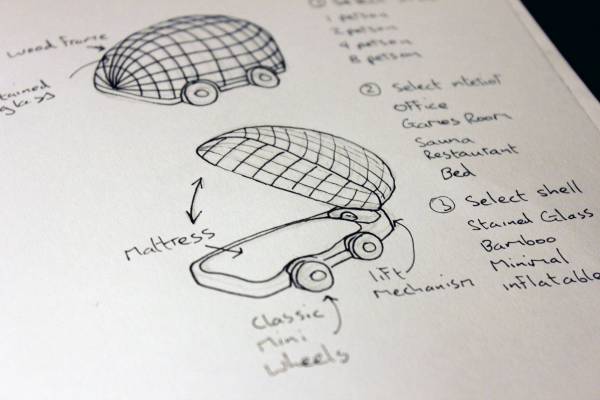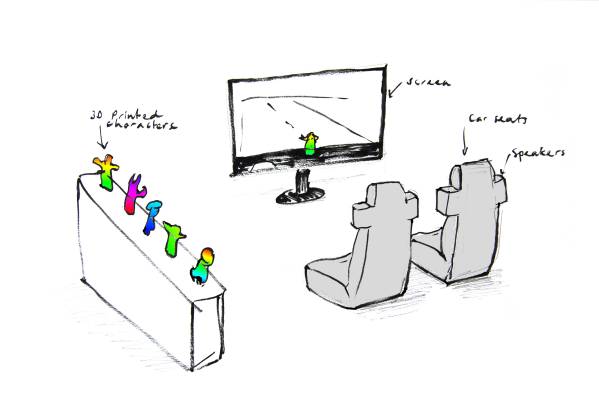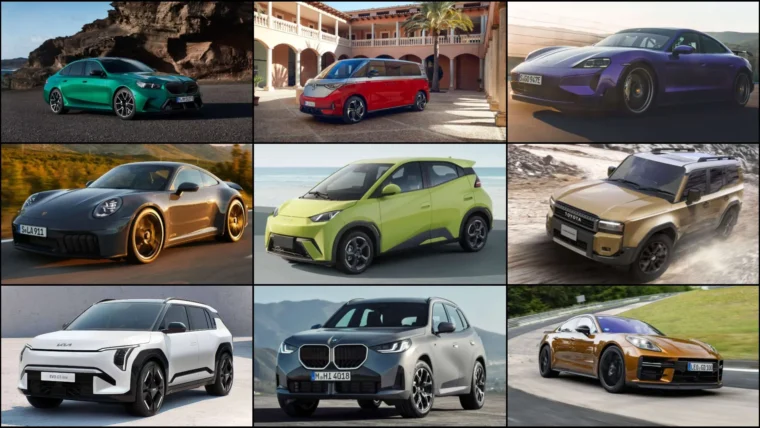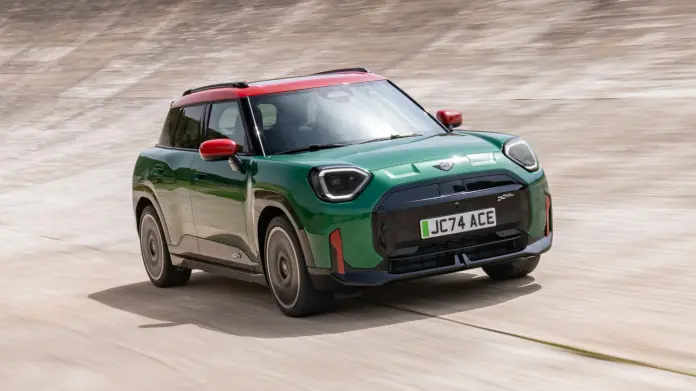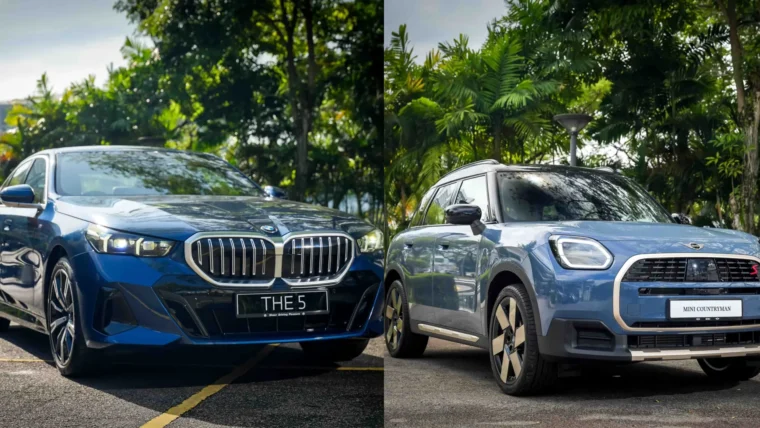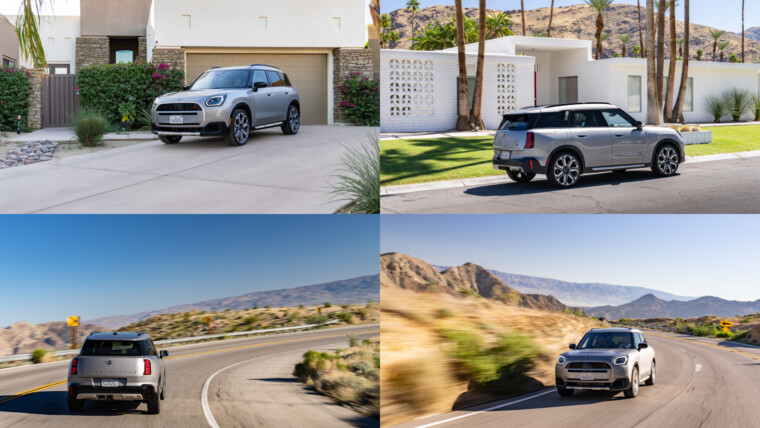MINI has teamed up with online magazine Dezeen to commission six cutting-edge young designers to explore how design and technology could transform the way we travel in years to come. The designers Pernilla Ohrstedt, Lucy McRae, Keiichi Matsuda, Alexandra Daisy Ginsberg, Matthew Plummer-Fernandez and Dominic Wilcox will present their visions for ‘Frontiers – the future of mobility’, a pioneering exhibition at designjunction during London Design Festival, 17-21 September. Each exhibit will be partly inspired by the spirit of the MINI brand and the newly launched MINI, which combines iconic design with cutting-edge technology. The six London-based designers involved will explore this theme through varied forms, incorporating science, engineering, filmmaking and performance art. The following images and videos are an insight into their inspiration and an exciting first peek at their work before the final pieces are unveiled at the exhibition, ‘Frontiers – The Future of Mobility’.
MINI reveals first look ahead of major exhibition
Body Architect Lucy McRae invites visitors to designjunction to take part in an interactive performance, in which their body is vacuum-packed to prepare it for space travel. Inspired by artists working with NASA, McRae’s installation will consist of a series of pods, which visitors will be invited to step inside to prepare their bodies for the rigours of a zero-gravity environment.”Astronauts that come back to earth suffer an extreme osteoporosis because there’s no gravity for bones. So the idea is you get under these golden aerated cocoons and slowly the air is sucked out of these pockets…. It is going to be weird!”
Click here for more information on Lucy’s work
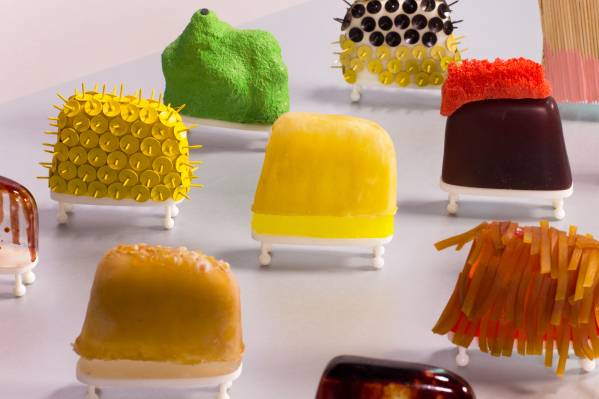
Alexandra Daisy Ginsberg’s experimental design will investigate genetically engineered cars grown from living materials. Synthetic biological cars, she suggests, could evolve and mutate as they are used and repaired so they become better adapted to their environments, just like living organisms. “My concept is around ‘repair ecologies,'” she explains. “Would cars that are repaired in a hot place be different to cars that are repaired in a city full of pollution, or cars repaired somewhere humid?”
Click here for more information on Alexandra’s work
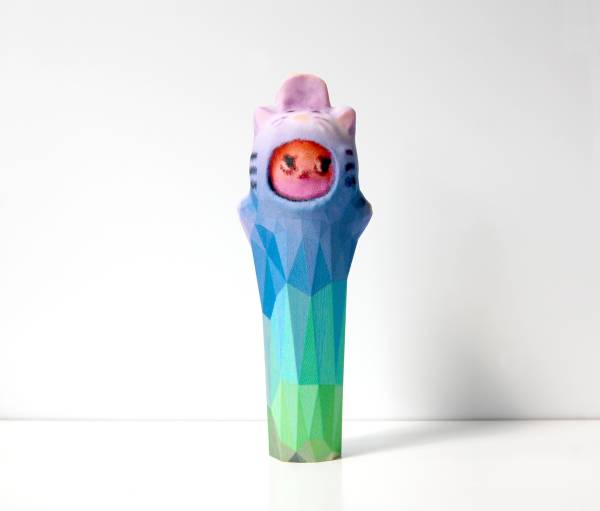
Designer and filmmaker Keiichi Matsuda’s research explores thepossibilities of augmented reality, whichcould be used to super-impose digitaltraffic information and road signage onto the physical world. Currently augmented reality is limited to using a physical interface such as a tablet or a headset like Google Glass. Matsuda believes that is about to change. “I’m aware of some projects happening right at the moment, which are set to revolutionise this kind of process,” he says. “People are looking into contact lenses as a way of introducing this digital overlay on the world, and the other big thing is projecting directly onto your retina.”
Click here for more information on Keiichi’s work
In a future of fully automated, computer-controlled vehicles, airbags and crumple zones will be redundant, British artist, designer and inventor Dominic Wilcox suggests. So why not build an intricate stained-glass car? The safe, driverless cars of the future will free up designers to create radically different car designs, ones that you can just sit in and sleep while it drives you to your destination. “I was really struck by the stained glass windows of Durham Cathedral,” he explains. “I thought, ‘Why don’t we use that so much in contemporary design?’ So I’m learning a bit about glass making and working out how on earth does one make a stained-glass car of the future?” Dominic is interested in technology, he says, “because it is the closest thing to magic”.
Click here for more information on Dominic’s work
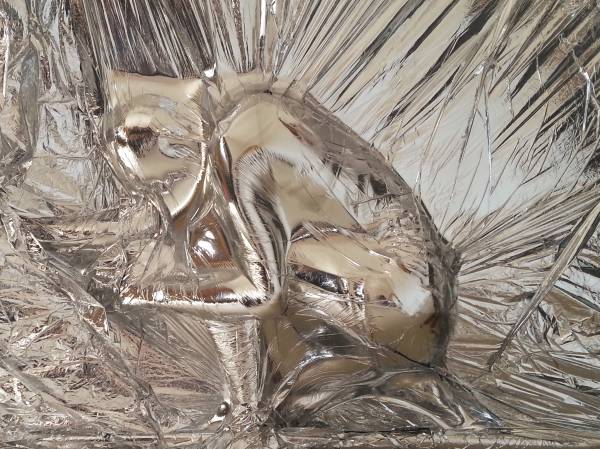
British-Colombian artist Matthew Plummer-Fernandez re-imagines the familiar dashboard bobblehead as a personal, 3D-printed driving companion used to communicate with our cars. The idea is inspired by the practice of sticking small figurines onto car dashboards to bring good luck. “These avatars would have a personal relationship with the driver,” he explains. “They would be something that you would purchase as a product or a service, but as you develop a relationship it would learn your preferences. So even if you change vehicle you could take this avatar with you and install it into yournext vehicle.
Click here for more information on Matthew’s work
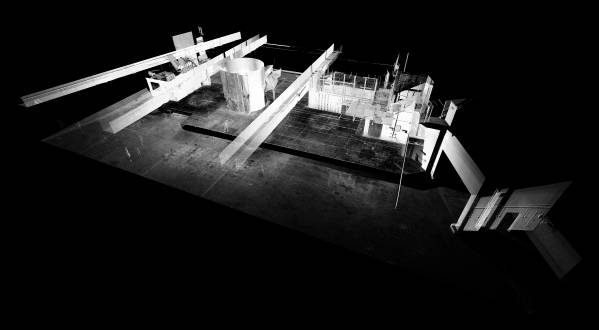
Architect Pernilla Ohrstedt will design MINI’s exhibition space at designjunction and showcase her take on the future of travel within it. Pernilla predicts our cars will soon be able to collect detailed 3D scans of the world around us as we drive – and will explore how we might use this to create real-time 3D maps of our cities. “We can already go onto Google Earth and check tourist destinations,” she says. “In the future it’s really conceivable that we’ll start travelling the virtual world instead of the physical, because it will be scanned at such high resolution.”
Click here for more information on Pernilla’s work
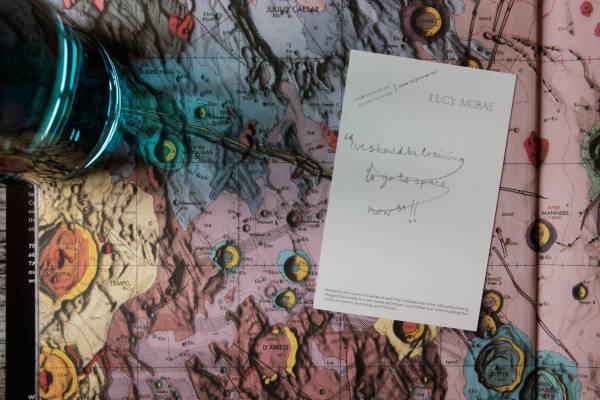
‘Frontiers – The Future of Mobility’, presented by MINI and Dezeen, takes place at designjunction, the Old Sorting Office, from September 17-21 as part of London Design Festival. Press previews 17 September, exhibition open to the public 18-21 September.
Visit the blog: www.dezeen.com/minifrontiers
Other posts by AF Newsdesk

